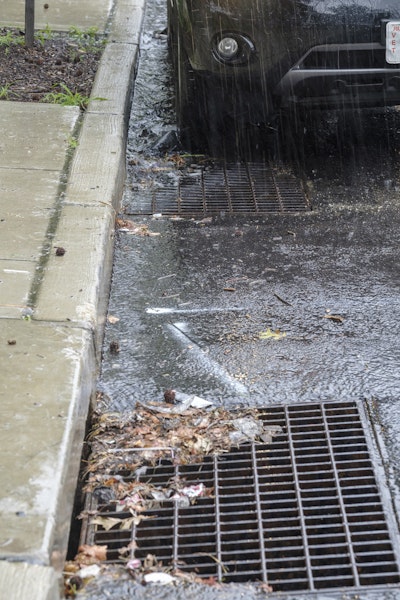In 1970, rock band Creedence Clearwater Revival asked the seminal question, “Who will stop the rain?” Well, when it comes to rain and stormwater runoff, no one can. In fact, over the last 20 years, we have seen an increase in the frequency and magnitude of large-scale...
Evolving Your Approach to Stormwater Management
Recommendations to help more effectively and efficiently manage stormwater runoff
Popular Stories
Discussion
Comments on this site are submitted by users and are not endorsed by nor do they reflect the views or opinions of COLE Publishing, Inc. Comments are moderated before being posted.










